Plants
-
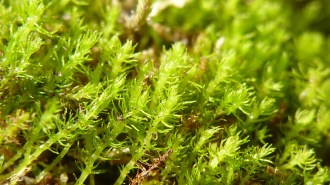 Plants
PlantsThe fastest-evolving moss in the world may not adapt to climate change
The genus Takakia has the largest number of fast-evolving genes of any moss, a study finds. But it’s losing ground in the warming Himalayas.
-
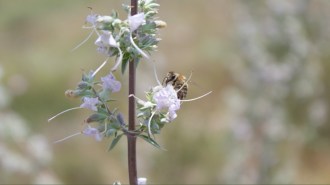 Life
LifeFlowers pollinated by honeybees make lower-quality seeds
Honeybees are one of the most common pollinators. But their flower-visiting habits make it harder for some plants to produce good seeds.
By Jude Coleman -
 Ecosystems
EcosystemsMarjorie Weber explores plant-protecting ants and other wonders of evolution
Cooperation across the tree of life is an understudied driver of evolution and biodiversity, Marjorie Weber says.
By Meghan Rosen -
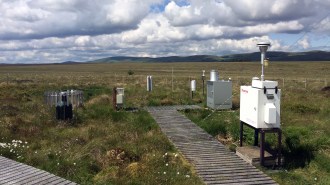 Life
LifeAir pollution monitoring may accidentally help scientists track biodiversity
Filters in air monitoring facilities inadvertently capture environmental DNA, which could give scientists a new tool to track local plants and animals.
-
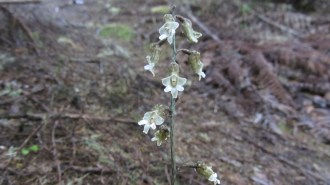 Plants
PlantsA hunt for fungi might bring this orchid back from the brink
Identifying the fungi that feeds the Cooper’s black orchid in the lab may allow researchers to bank seeds and possibly regrow the species in the wild.
-
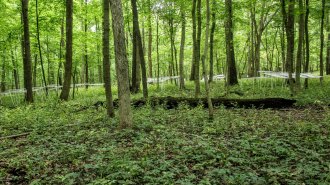 Plants
PlantsSoil microbes that survived tough climates can help young trees do the same
Trees grown in soil with microbes that have survived drought and high or low temperatures have a better shot at survival when facing the same conditions.
-
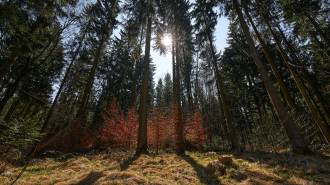 Plants
PlantsUltrasound reveals trees’ drought-survival secrets
Scientists used ultrasound sensors and electrical probes to reveal how drought affects the tissues of living trees.
-
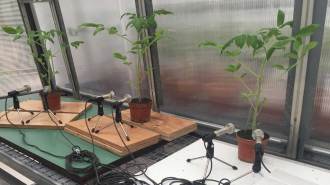 Plants
PlantsStressed plants make ultrasonic clicking noises
Tomato and tobacco plants emit high frequency sounds, which could one day find a use in agriculture, as a way to detect thirsty crops.
By Meghan Rosen -
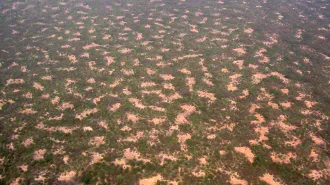 Math
MathChia seedlings verify Alan Turing’s ideas about patterns in nature
New experiments confirm that complex patterns in plants emerge from a model proposed by mathematician Alan Turing.
-
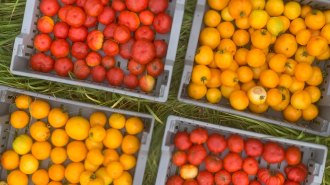 Agriculture
AgricultureDry farming could help agriculture in the western U.S. amid climate change
Some farmers in the western United States are forgoing irrigation, which can save on water and produce more flavorful fruits and vegetables.
-
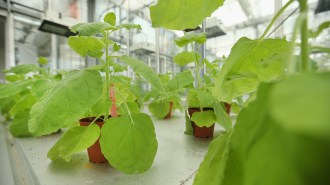 Life
LifePlant/animal hybrid proteins could help crops fend off diseases
Pikobodies, bioengineered proteins that are part plant and part animal (thanks, llamas), loan plant immune systems a uniquely animal trait: flexibility.
-
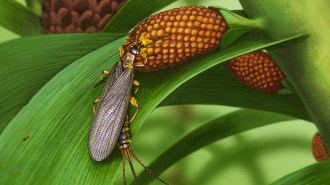 Paleontology
PaleontologyThe oldest known pollen-carrying insects lived about 280 million years ago
Pollen stuck to fossils of earwig-like Tillyardembia pushes back the earliest record of potential insect pollinators by about 120 million years.
By Sid Perkins